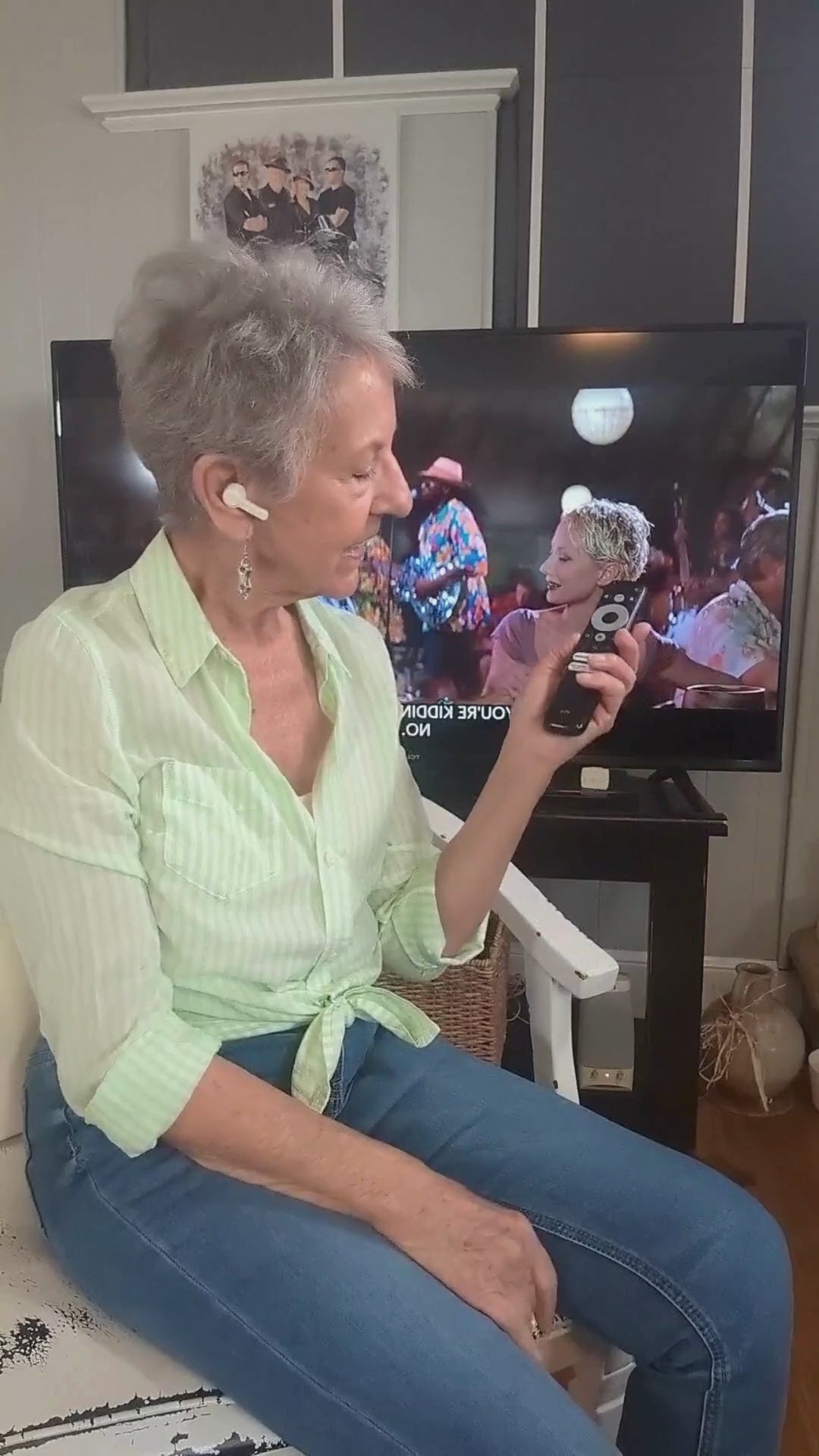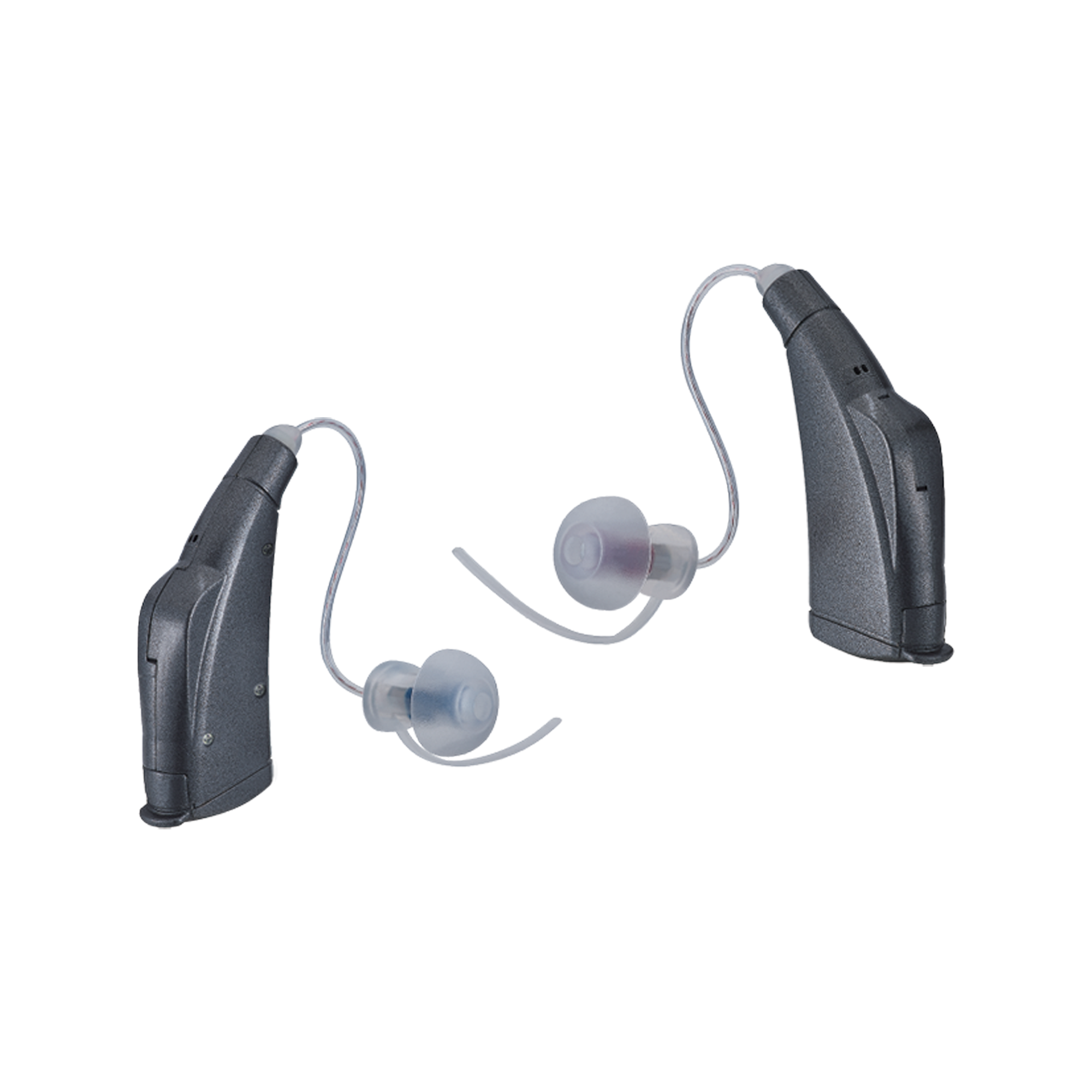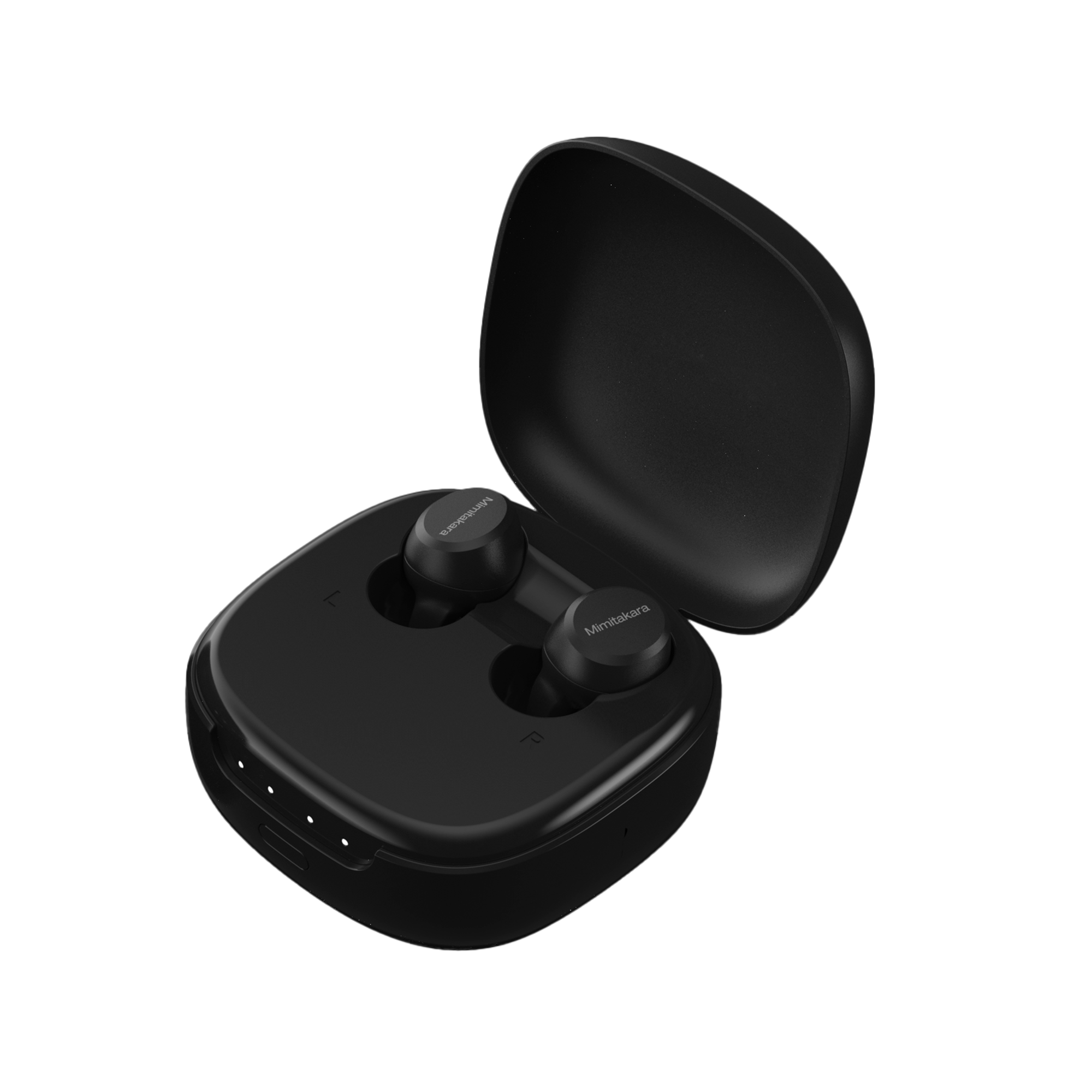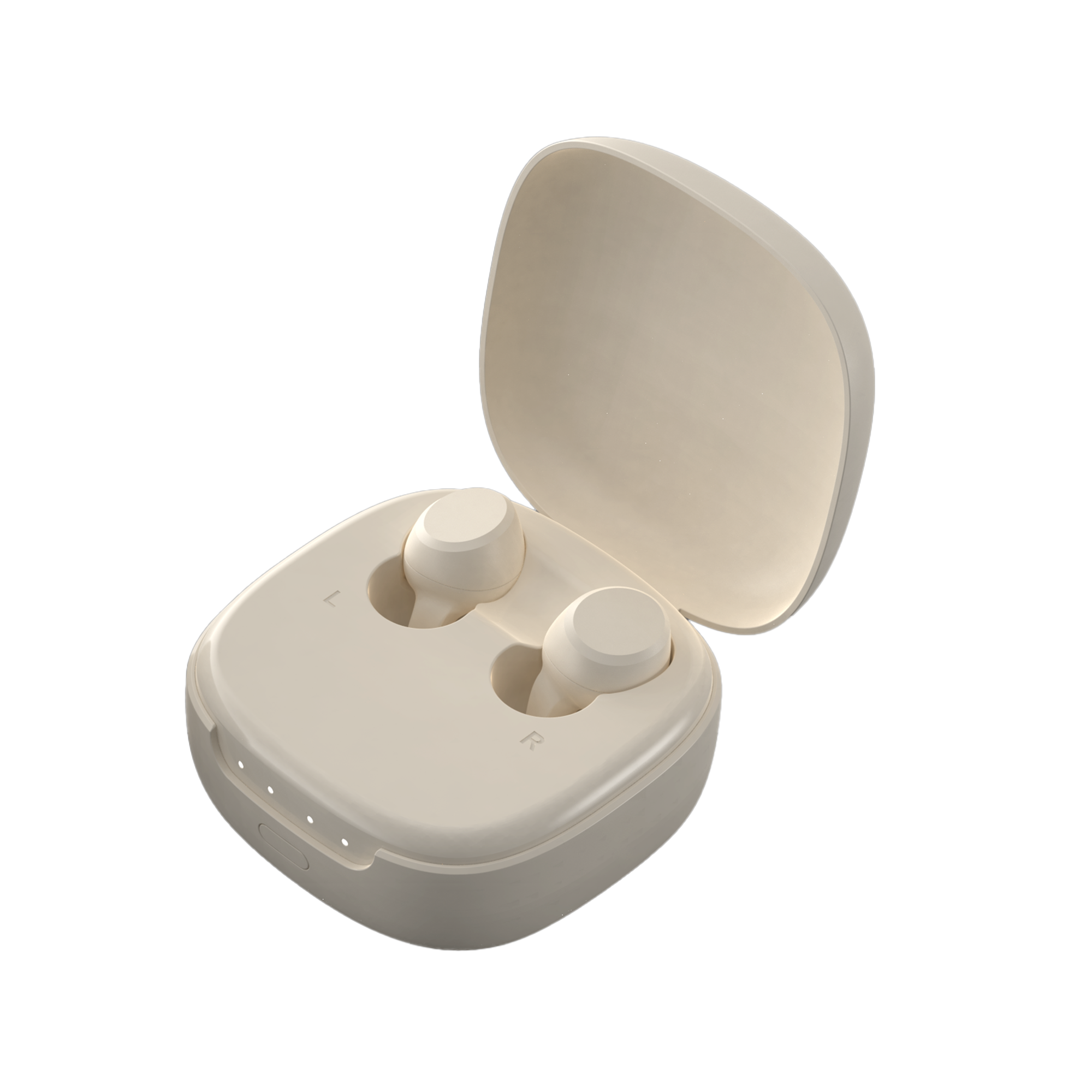Hearing aids have been transformative devices for individuals with hearing loss, yet misconceptions about them persist. In this article, we aim to debunk common myths surrounding hearing aids and shed light on the facts, encouraging a better understanding of these essential devices.
Myth 1: Hearing Aids Are Only for the Elderly
Fact: While it's true that age-related hearing loss is prevalent, hearing loss can affect people of all ages. Young adults, middle-aged individuals, and even children may benefit from hearing aids if they experience hearing difficulties. Addressing hearing loss early can significantly impact overall well-being and quality of life, regardless of age.
Myth 2: Hearing Aids Are Large, Bulky, and Noticeable
Fact: The days of conspicuous, oversized hearing aids are long gone. Modern hearing aid technology has evolved, producing sleek, discreet, and often nearly invisible devices. From behind-the-ear (BTE) to in-the-ear (ITE) options, individuals can choose a style that suits their preferences and comfort level.
Myth 3: Hearing Aids Cure Hearing Loss Completely
Fact: Hearing aids are effective tools for managing and improving hearing, but they do not cure hearing loss. Instead, they amplify sounds, making them more audible for individuals with hearing impairment. Seeking professional guidance for fitting and adjusting hearing aids is crucial for optimal results.
Myth 4: Hearing Aids Are Uncomfortable and Difficult to Use
Fact: Modern hearing aids are designed with user comfort in mind. They are lightweight, and many are custom-fitted to ensure a snug and comfortable fit. Additionally, advancements in technology have made hearing aids user-friendly, with features such as automatic adjustments for different environments and easy-to-use controls.
Myth 5: You Only Need One Hearing Aid if You Have Hearing Loss in One Ear
Fact: Hearing loss often affects both ears, even if the degree of impairment may vary between them. Using two hearing aids provides a more natural listening experience, helps with sound localization, and improves overall hearing clarity. It also enhances the user's ability to engage in conversations in noisy environments.
Myth 6: Hearing Aids Are Only for Severe Hearing Loss
Fact: Hearing aids are available in various models and can address a range of hearing loss, from mild to severe. It's essential to consult with a hearing care professional who can assess the extent of hearing loss and recommend the most suitable device for individual needs.
Myth 7: Hearing Aids Require Little Maintenance
Fact: While hearing aids are durable and designed for daily use, they do require regular maintenance. Cleaning, changing batteries, and scheduling periodic check-ups with a hearing care professional are essential to ensure optimal performance and longevity.
Dispelling myths about hearing aids is crucial for fostering a more accurate understanding of these life-changing devices. The reality is that modern hearing aids are technologically advanced, comfortable, and adaptable to various lifestyles.










